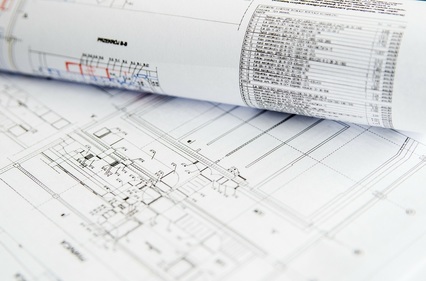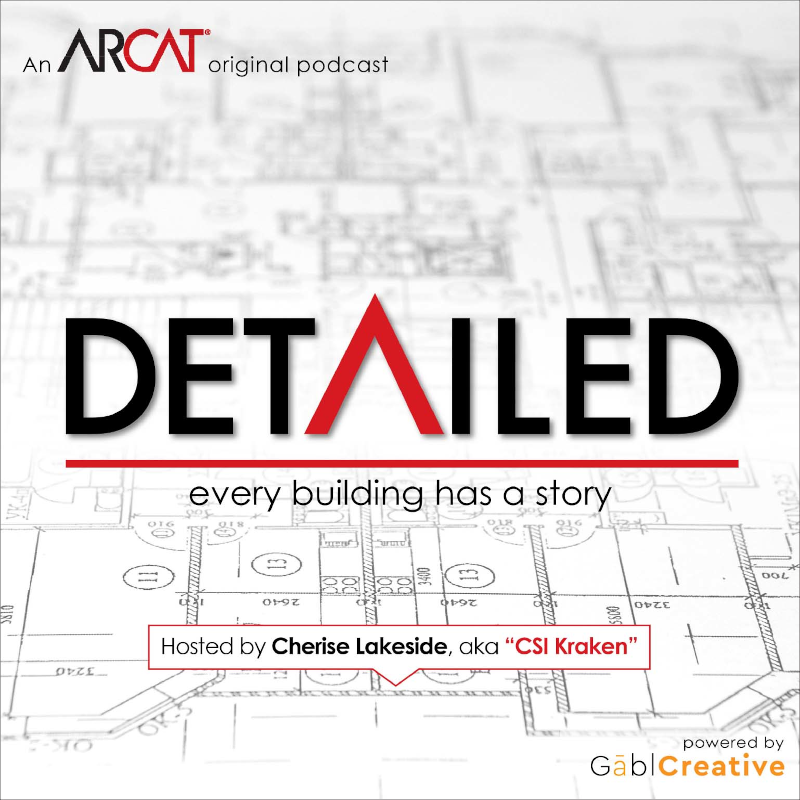|
Contributed by Elias Saltz In my very first post on this site, the one titled, “Is Construction Broken?” I listed a few ways in which the profession of architecture is contributing to the ways in which construction is broken and needs to be fixed. I’m providing the link so readers can go back and refresh their memories on the whole collection but for the rest of this post I will be addressing my first observation, which read in part: ...architects see themselves as designing for themselves, or believe they’re working for the good of society, the environment, adopting “improving life” or other lofty goals that create real conflicts of interest that they don’t even recognize. One of the most prominent architecture school tropes is the studio crit, which goes something like this: After making incremental design revisions to their projects over the course of several weeks, students work several straight days and nights to create the beautiful models and drawings that would show off their work. They pin all the drawings up on the walls, stand bleary-eyed in front of all their fellow students and several professors who would serve as critics, and deliver an explanation for what they’ve done. Then they’d brace for the inevitable avalanche of negativity. A lot of the time, as I recall, the students would lace their explanations with the phrase, “I wanted to...” For example, they might use broad sweeping proclamations like, “I wanted to have a building that gave the impression of melding the sun and the sea.” Other times they didn’t have to be so lofty; then it would just be, “I wanted to put the classrooms next to the dining hall.” Well, guess what, architects and designers? Nobody cares what YOU want! Your desires are not relevant. You’re not hired to do what you want. You’re hired to help clients solve their problems and fill the needs they have for their facilities. These days when I watch home renovation shows on TV I often hear the shows’ designers tell the homeowners things like, “I want to create a sense of serenity in your master bath.” My response would be, “if that’s what you want, do it in your own house. You’re designing my house and you’re going to do what I want.” (as an aside, you never see episodes of those shows where the homeowners berate the result of the designers’ work no matter how stupid it looks) Clients give architects and designers authority to make myriad decisions on their behalf as to the planning, broad-picture and detailed design and material selections that go into their facilities because they lack the knowledge, skill and necessary time to make those decisions for themselves. They trust their architects to look out for their best interest, so when it comes to making decisions, architects, stop and ask yourself these questions:
At its core, architecture is (or at least wants to be) a professional service. We claim to have expertise and the ability to solve our clients’ problems. This involves deciding how millions of our clients’ dollars are spent. I ask my readers to try to think of any other profession where the practitioners’ desires matter at all, let alone matter more than clients’ stated needs. In surgery, for example, skill, experience and knowledge matter. The surgeon’s only relevant desire: to do the best job possible and give the patient the best chance of recovery. If a surgeon thinks it would be more aesthetically pleasing to blend the spleen and the appendix, the surgeon keeps that to himself.
Back in school, a studio critic would sometimes admonish a student not to use “I wanted” in their project description but instead to speak to the ‘concepts’ behind the design. Unfortunately, ‘concepts’ in that context are just another word for the same outcome: a design that makes its moves to please the designer or to impress the magazine-publishing design community. As long as we architects persist putting our own desires above our clients’, our ability to claim to provide professional service is compromised. We want to be taken seriously in this industry, so do your part and start acting serious.
7 Comments
9/13/2016 11:18:46 am
Elias:
Reply
Elias Saltz
9/13/2016 12:05:37 pm
Hey Randy,
Reply
9/13/2016 12:58:47 pm
Good observations, all. You could have titled this posting "C'mon baby light my fire" given the sensitivity that the design profession has to criticism. I have found over the course of my career that many clients have a vision of what they expect their project to be but when they hire design professionals to formalize that vision they have difficulty understanding what is produced. As design professionals we have a responsibility to bring our expertise to bear to incorporate the owner's vision into the physical representation that we produce on their behalf and to explain to them how it translates their vision into a building. That in no way should restrict us from exercising our ability to produce a project that shows off our talents as designers.
Reply
Elias Saltz
9/19/2016 04:39:27 pm
Ross,
Reply
9/20/2016 07:55:06 am
Elias-
Ujjval Vyas
9/20/2016 03:41:46 pm
Randy, did you want to itemize a few "lofty" ideas that you think architects have to teach sophisticated business people or anyone else for that matter?
Reply
Dave Koons
9/28/2016 02:25:45 pm
My first design job, while in Architectural school, was a new two-car detached garage, with small apartment on second floor. The owner fired me when I would not put the garage where he wanted it to be ... At the base of a hill, where the rainwater would wash into the garage. Owner scolded me for being to "focused on my own desires of beauty." The next person he hired was better able to explain the problem, and essentially got paid for my design & layout with a few tweaks. It taught me an important lesson, the older architect set boundaries, and was able to deal with the client's lack of knowledge better than I, as a student.
Reply
Leave a Reply. |
AboutLet's Fix Construction is an avenue to offer creative solutions, separate myths from facts and erase misconceptions about the architecture, engineering and construction (AEC) industry. Check out Cherise's latest podcast
Get blog post notifications hereArchives
March 2022
Categories
All
|


 RSS Feed
RSS Feed
